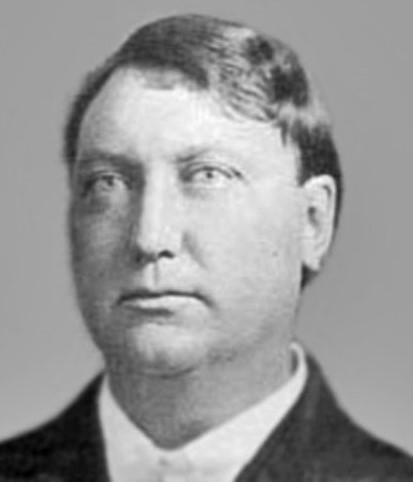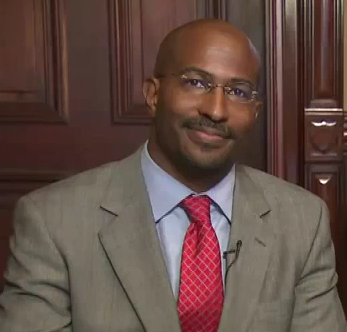Amadorians join hundreds at Capitol demanding state health care reform.
 |
| Mike and I with our nifty banner. |
The above link is the Amador Ledger Dispatch coverage the presence of Amador County residents at a January 10th rally in support of California Senate Bill SB 810.
The rally, organized as part of the
California Health Professional Student Alliance’s “Student Lobby Day” attempted to pressure State legislatures to support the bill on the same day as Governor Jerry Brown released his budget proposals, which included a $1.7 billion cut to Medi-Cal, which provides means tested health insurance to low income residents.
Mike and I marched with some five-hundred students and supporters to the steps of the State Capital, where several other Amador progressives met us. SB 810 would provide health insurance to all Californians, regardless of means, while lowering the net costs of healthcare by eliminated corporate overhead. It nonetheless remains controversial, particularly in Republican dominated regions like Amador County. Here I hope to refute two popular arguments against Single Payer while demonstrating its importance to rural working families.
1) Single Payer is not socialized medicine, as it does not seek to establish a state monopoly over institutions that provide medical services. A better term would be “socialized insurance” in that it simply would replace health insurance corporations with a “single payer” of public funds. The government will not be running healthcare; it will just be providing access to it.
2) We frequently hear stories about the horrors of “socialized medicine” (actually single payer) in Canada. The results of a 2003 Gallup
poll would therefore come as a surprise to many California residents, reporting that 17% of Canadians were dissatisfied with their healthcare compared to 44% of Americans, and that 57% were satisfied with their healthcare as opposed to 25% of U.S. citizens.
The Nebraska based Center for Rural Affairs noted in a 2004
report that rural residents were more likely to be uninsured than those living in urban areas. This they attributed to the inability of small businesses (widespread employers within rural economies) to afford health benefits, as well as the dominance of low wage service sector employees (Wal-Mart being a prime example in Amador and Tuolumne Counties). A 1997 study by the National Survey of America’s Families found that rural individuals were 12% more likely than those in urban areas to be either uninsured or on some form of public insurance, and that was before the recession. Moreover, healthcare facilities are scattered sparsely across the country landscape, compounding medical care costs with long ambulance rides.
Rural residents are among those in most need of universal healthcare coverage, and progressives within the Mother Lode and any other backcountry region in California need to be aware of this fact.
A note on our banner: This is an inversion of sorts of Tea Party iconography. Tyranny does not reside solely within government, but dwells in any power that attempts to force its own interests over the interests of the majority. There is no greater tyrant in contemporary America than the corporation, a body that governs everything from food production to healthcare with no accountability to the people whatsoever, and should therefore be opposed by all who claim belief in individual liberty.
 |
| Students and Healthcare workers rallying on steps. |
Further Reading:
California OneCare: Campaign For SB 810 – Single Payer Universal Health Care
Ormand, Barbara, Stephen Zuckermen, and Aparna Lhila. "Rural/Urban Differences in Health Care Are Not Uniform Across States." The Urban Institute
Research of Record. 01 May 200. Web. 05 Feb. 2011.
http://www.urban.org/publications/309533.html.
Seshamani, Meena, and Joan Nostrand. "Hard Times in the Heartland: Health Care in Rural America." Health Reform. Web. 05 Feb. 2011.
http://www.healthreform.gov/reports/hardtimes










 Fire is uninterested in human economic ideologies. Its flames do not conform to the laws of supply and demand, nor are its effects tradable in the stock market. As a logical consequence of this inherent volatility, citizens have formed organizations for their mutual protection. The most obvious historical example of this is the public fire department. In 1993 Californian citizens, state agencies, insurance companies, and non-profit groups launched the California Fire Safe Council, which aims to mobilize “Californians to protect their homes, communities and environments from wildfire.” Most Americans agree that such an organization is beneficial to rural communities susceptible to wildfires.
Fire is uninterested in human economic ideologies. Its flames do not conform to the laws of supply and demand, nor are its effects tradable in the stock market. As a logical consequence of this inherent volatility, citizens have formed organizations for their mutual protection. The most obvious historical example of this is the public fire department. In 1993 Californian citizens, state agencies, insurance companies, and non-profit groups launched the California Fire Safe Council, which aims to mobilize “Californians to protect their homes, communities and environments from wildfire.” Most Americans agree that such an organization is beneficial to rural communities susceptible to wildfires. 






 The graph at left shows the gap in average CEO income as a ratio to average worker income. In 1970 a CEO made 39 dollars for every one dollar made his employee. By 2000 he made 1,031 to every workers dollar. The video below is excerpts from neoliberal icon Margaret Thatcher's last speech in the British House of Commons, justifying the similar explosion of wealth inequality in the U.K. under her rule.
The graph at left shows the gap in average CEO income as a ratio to average worker income. In 1970 a CEO made 39 dollars for every one dollar made his employee. By 2000 he made 1,031 to every workers dollar. The video below is excerpts from neoliberal icon Margaret Thatcher's last speech in the British House of Commons, justifying the similar explosion of wealth inequality in the U.K. under her rule.


